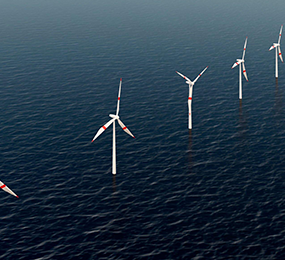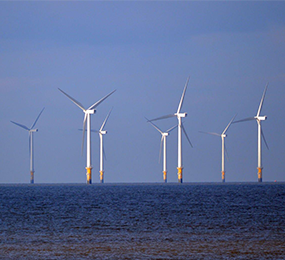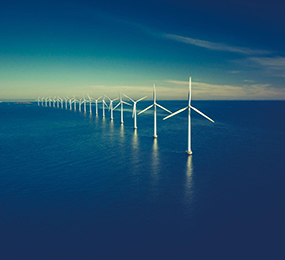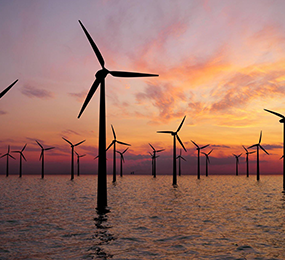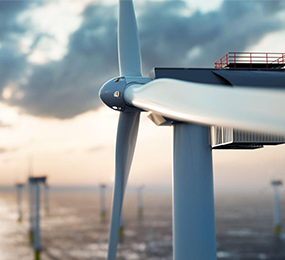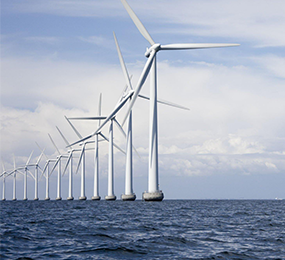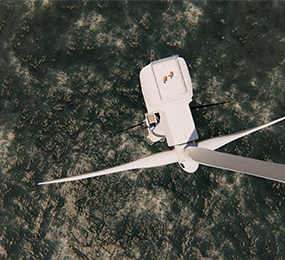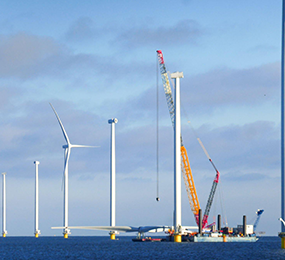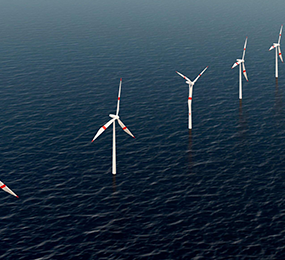Floating offshore wind energy offers a promising solution for harnessing clean energy from vast ocean areas. However, the intermittent nature of wind power necessitates strategies for ensuring grid stability and maximizing energy output. Integrating floating wind with other renewable energy sources presents a compelling solution, creating a more robust and resilient energy system.
1. Synergy with Solar Power:
Combining floating wind farms with offshore solar power plants offers a powerful synergy. Wind and solar power exhibit complementary generation patterns. Wind typically peaks during daytime and evening, while solar power generation is strongest during daylight hours. By integrating these two sources, energy output can be smoothed, reducing the need for expensive energy storage solutions.
2. Harnessing Ocean Power: Integrating with Wave and Tidal Energy
Integrating floating wind with other ocean-based renewable energy sources, such as wave and tidal energy, can further enhance grid stability and energy output. These technologies often exhibit different generation patterns, allowing for a more consistent and predictable energy supply. Co-locating floating wind farms with wave or tidal energy converters can optimize the use of marine space and potentially reduce infrastructure costs.
3. Enabling Green Hydrogen Production:
The integration of floating wind with green hydrogen production presents a significant opportunity. Excess wind energy can be used to electrolyze water, producing hydrogen as a clean energy carrier. This hydrogen can then be stored and utilized for various applications, such as transportation, industrial processes, and seasonal energy storage.
4. Enhancing Grid Stability and Resilience:
The integration of multiple renewable energy sources can significantly enhance grid stability. By diversifying the energy mix, the risk of power outages due to intermittent generation from any single source is reduced. Furthermore, the integration of energy storage technologies, such as batteries or pumped hydro, can further stabilize the grid and ensure a consistent supply of clean energy.
Challenges and Opportunities
The integration of floating wind with other renewable energy sources presents several challenges, including the need for advanced grid infrastructure, efficient energy storage solutions, and coordinated planning and development. However, these challenges also offer significant opportunities for innovation and technological advancement.
The integration of floating offshore wind energy with other renewable sources is crucial for building a more resilient and sustainable energy future. By harnessing the complementary strengths of these technologies, we can create a more reliable and efficient energy system that meets the growing demand for clean power while minimizing environmental impact. Continued research and development, coupled with effective grid integration strategies, will be essential to unlock the full potential of these integrated renewable energy systems.
To register or learn more about the Forum please check here: https://www.leadventgrp.com/events/5th-annual-floating-wind-europe/details
For more information and group participation, contact us: [email protected]


